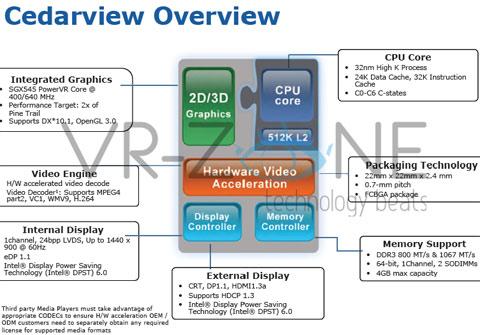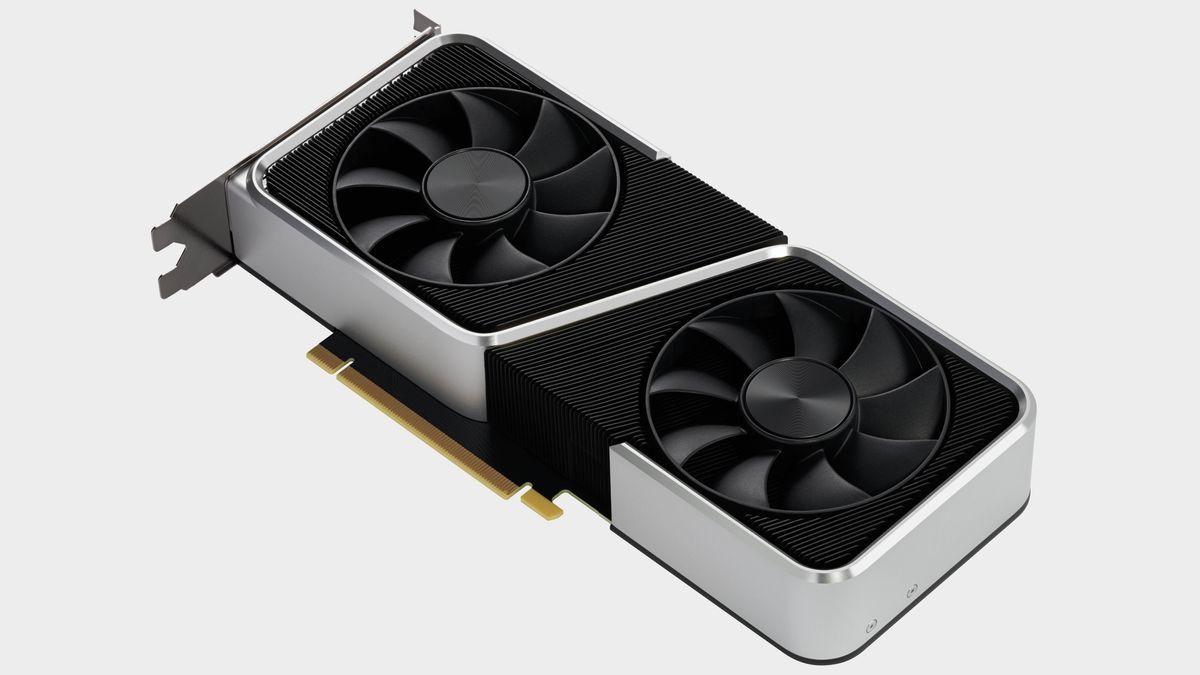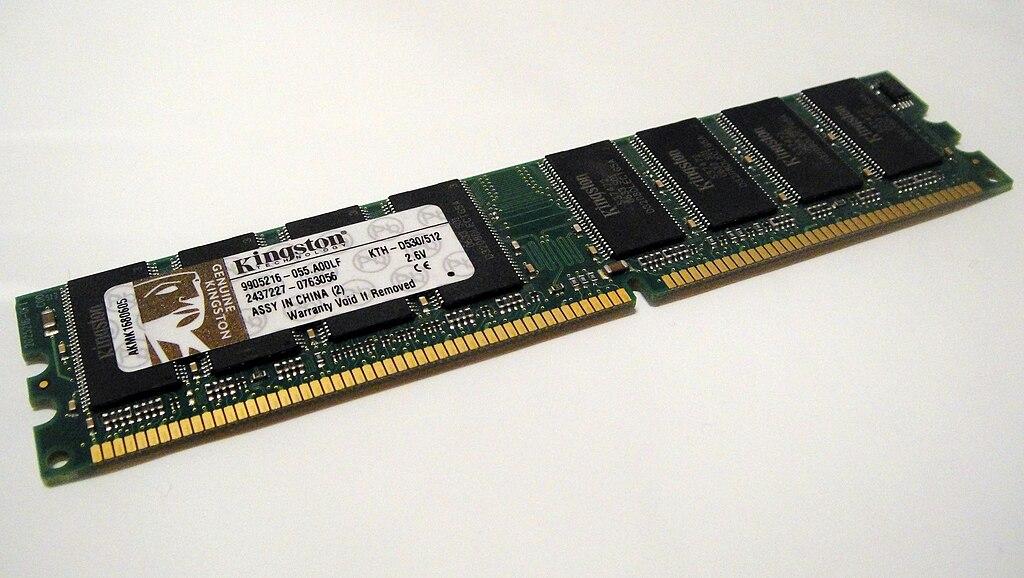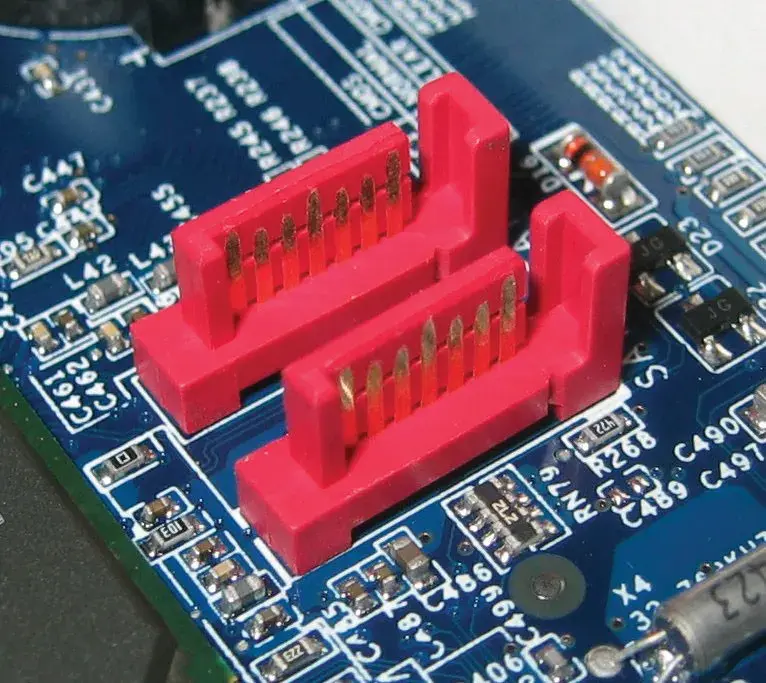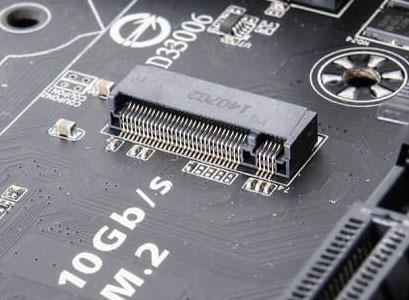Computer
When you're running one or two services, a Raspberry Pi would probably suffice, while running your own personal cloud services might require a refurbished desktop computer. Running your own media server may require a faster processor, a decent graphics card and adequate storage space for digital media.
Core Processor
Choosing the type of main processor you will use for your server is an important decision.
The Raspberry Pi – and other single-board computers – use a different type of processor than the one you'd find in a traditional desktop. ARM (Advanced RISC Machine) is a new class of processors that are in the same family as the one that power your cellphone. Built for power efficiency, they cannot often handle sustained heavy loads and will overheat. These cost-effective mini computers are great hosting a personal website, BitWarden, Home Assistant or Grocy.
 |
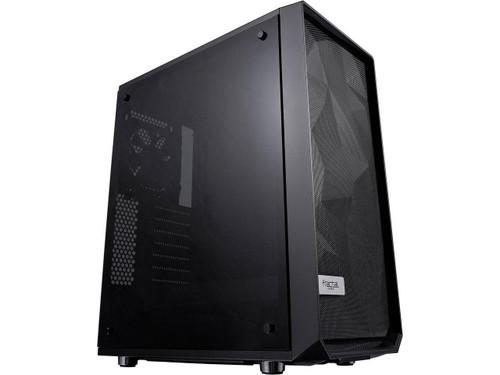 |
Raspberry Pi computers are efficient enough to run off of a battery, while traditional computers need to be powered directly from a socket.
Traditional computers – such as desktops, laptops and servers – use an evolution of the same processors first developed in the 1970s. They are known as x86 and named after the Intel 8086 that the architecture is based on. These processors focus on sustained processing power and can handle much more intensive tasks. These types of computers are great for hosting your own personal cloud with varied services, such as OwnCloud, Jellyfin, qBittorrent, or media procurement services.
| Acute |
Released 2011 or newer |
| speed |
Speed 1.8GHz or higher |
Graphics Processing
While Raspberry Pi computers are useful for small computational tasks, they can often lack the graphical processing necessary to do complex tasks. These computers do not dedicated graphics processors and instead rely on a "system-on-a-chip" that shares graphical and computational power. Generally, these types of systems cannot be modified to add more graphical processing power.
Raspberry Pi computers work well for sporadic tasks while traditional computers excel at hosting multiple services.
Traditional computers have a powerful advantage here because they are so customizable. Modern processors have decently powerful graphic processors directly integrated into them.
Thanks to the extensible PCI-e interface in desktop computers, we can install an additional graphics processor – or a graphics cards – with much more dedicated power.
Raspberry Pi computers work well for sporadic tasks while traditional computers excel at hosting multiple services.
Dedicated graphics cards have specialized cores that allow them to convert videos more efficiently than a CPU. These can be helpful for tasks that deal with images – such as Jellyfin processing a movie for streaming through a media server.
| Acute |
Released 2016 or newer |
| Speed |
Processor Speed 1.0GHz or higher |
| Memory |
Memory Capacity 4GB or higher |
| Developer_board |
Interface PCI-e 3.0 or newer |
Memory
The amount and speed of random access memory – or RAM – can affect the responsiveness of your server. Your server will need more memory when it needs to juggle multiple services at once.
Raspberry Pi computers are required to share their available memory with their graphics processor.
Traditional computers use the DDR class of RAM while Raspberry Pi computers use a "low-powered" variant called LPDDR.LPDDR. This can decrease its overall speed and responsiveness during multitasking. When possible, you should use as much RAM as possible.
| Memory |
Capacity 8GB or higher |
| Category |
Type DDR4 or newer |
Storage
When figuring out storage space for a server, there are generally two types that are employed to fulfill different roles.
Platter disks are based on an older, well-tested technology originating in the 1950s. Modern hard disk drives commonly use the SATA protocol. They are slower, but can hold up to 20TB of storage per drive making them great for multimedia or document storage.
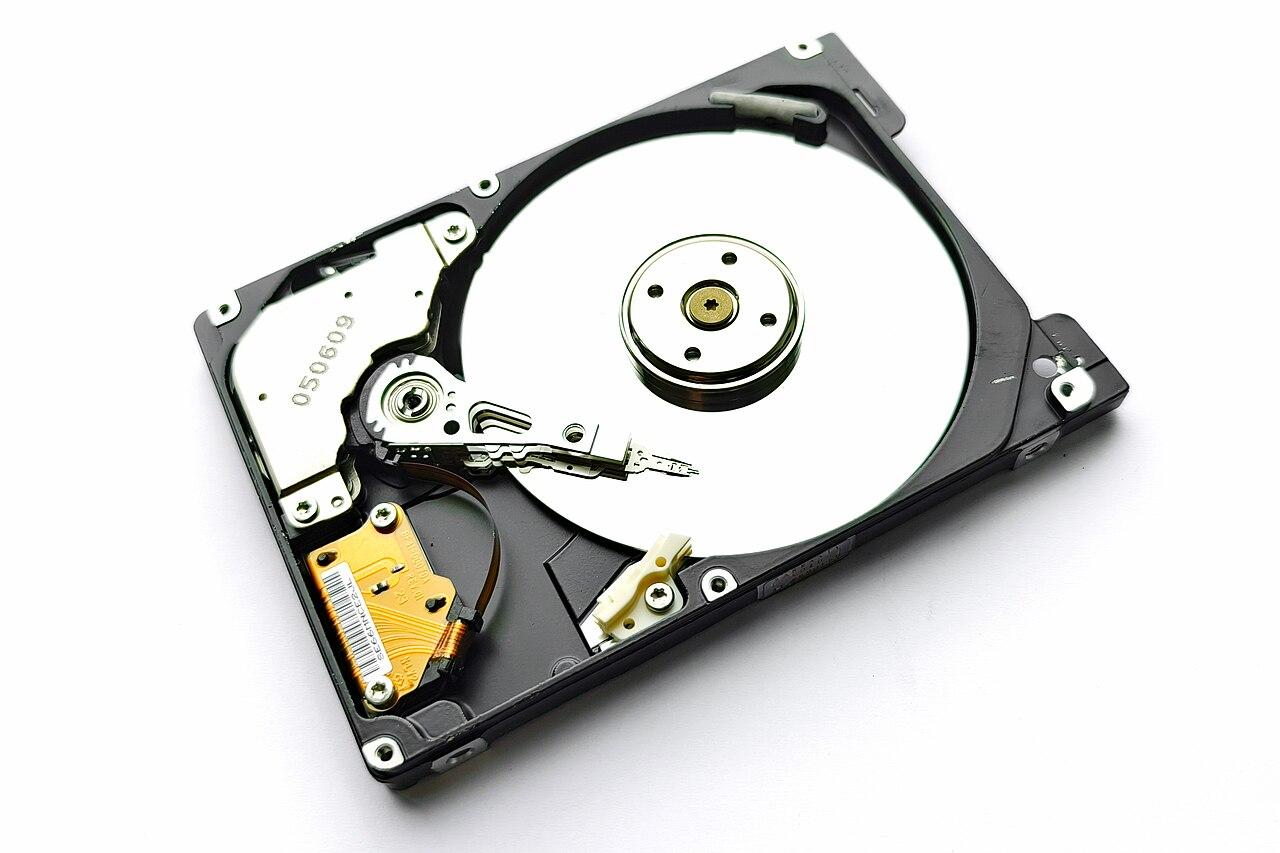 |
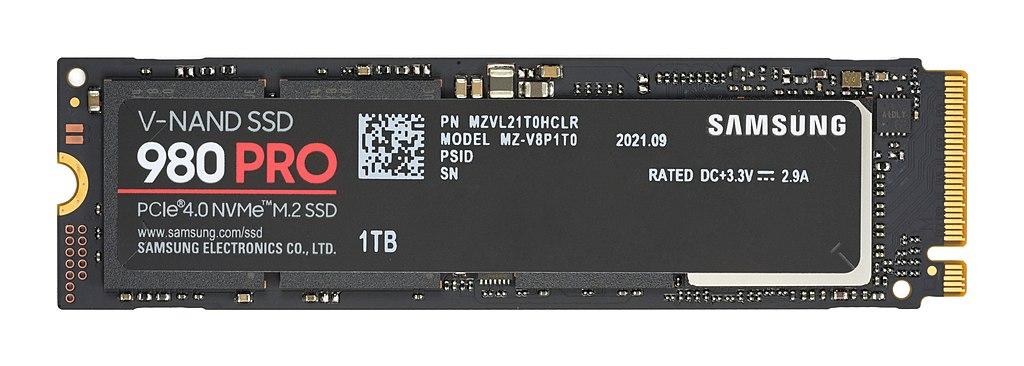 |
Solid state drives use the newer flash memory standard popularized by the smart phones. SSDs are incredibly fast, but storage space often comes at a premium price. These drives can use the SATA protocol like traditional hard drives, but they are increasingly available using an M.2 port. These "Non-Volatile Memory express"express" – or NVMe drives – transport data over the same speedy PCIe interface as graphics cards.
Solid state drives, especially NVMe drives, are the best option for storing the operating system and other configuration files. When hosting a media server – such as Jellyfin, Audiobookshelf or Kavita – storing databases, metadata, and other cache files on an SSD can greatly improve the media server's responsiveness.
| Terminal |
Operating System SSD 150GB or |
| Manufacturing |
Service Files SSD 150GB or |
| Subscriptions |
Multimedia & Documents HDD 6TB or |
Connectivity
A network-connected server should be connected to your router with a hard-wired Cat6 Ethernet cable. Wireless internet should be avoided for always-on services where reliability is crucial. Your server should have a 1Gbit or preferably 2.5Gbit connection speed.
| Settings_ethernet |
Wired Connection 1Gbit or higher; Cat6 RJ45 Ethernet cable |
| Wifi |
Wireless Connection Disabled |
| Bluetooth |
BlueTooth Disabled |
BlueTooth can be used to connect smart devices to Home Assistant, but is not crucial for any server functions and should be disabled when not in use. BlueTooth hacking is a common avenue for exploitation when left on.

